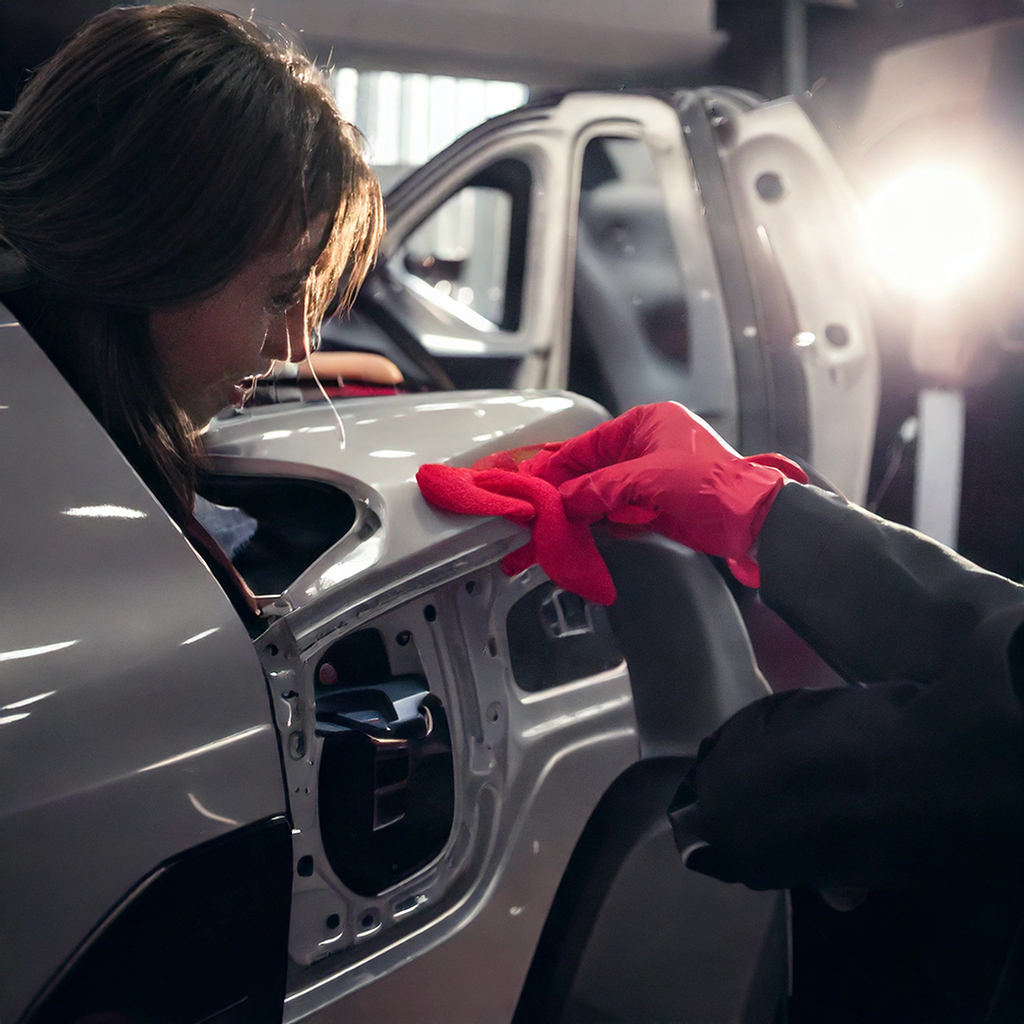When it comes to car repairs, misinformation abounds. Paintless Dent Removal (PDR) is no exception, with many vehicle owners holding misconceptions that could prevent them from choosing this effective repair method. Let’s separate fact from fiction by debunking the most common myths surrounding PDR.
Myth #1: PDR Is Only for Tiny Dents
The Truth: While PDR is indeed excellent for small dings, modern techniques and tools allow skilled technicians to repair surprisingly large dents—sometimes up to the size of a football or larger. The key factors aren’t necessarily the size but rather the depth of the dent and whether the paint remains intact.
Many PDR specialists routinely repair large hail damage dents or door panel impacts that might seem beyond repair. The limiting factors are more about paint damage and metal stretching than the actual diameter of the dent.
Myth #2: DIY Dent Removal Kits Work Just as Well
The Truth: Those tempting dent puller kits at auto parts stores might seem like money-savers, but they rarely deliver professional results. Professional PDR is a refined skill that takes years to master.
DIY attempts often result in what technicians call “bulls-eyes”—ringed impressions around the original dent that can be even harder to repair than the initial damage. Professional PDR technicians understand metal memory, access points, and the precisely calibrated pressure needed for each specific dent.
Myth #3: PDR Will Damage Your Car’s Paint
The Truth: Quite the opposite! PDR is specifically designed to preserve your vehicle’s original factory finish. Traditional body repair involves fillers, sanding, and repainting, which never quite matches the original finish. PDR maintains your car’s value by keeping its original paint intact.
When performed by qualified technicians, PDR works with the metal beneath the paint layer, leaving the exterior finish undisturbed. This preservation of factory paint is one of PDR’s greatest advantages.
Myth #4: All Dents Can Be Fixed with PDR
The Truth: While PDR is versatile, it’s not suitable for every type of damage. Limitations include:
- Dents with paint damage (cracking, chipping, or scratching)
- Dents with severe creases that have stretched the metal
- Damage in areas without access behind the panel
- Dents on panels with previous body filler work
An honest PDR technician will assess your damage and recommend alternative repair methods when PDR isn’t the optimal solution.
Myth #5: PDR Is Just a Temporary Fix
The Truth: Properly performed PDR is a permanent repair. Since the technique actually restores the metal to its original state rather than covering up damage, there’s nothing temporary about it. The dents won’t “pop back” later, and the repair won’t deteriorate over time.
In fact, because PDR preserves the factory finish and structural integrity of the panel, it’s often considered superior to conventional repairs that can weaken the metal or create points for rust to develop later.
At Dent Doctor, we believe in educating our customers about their repair options. Our PDR specialists provide honest assessments of what can and cannot be fixed with paintless techniques. We’ll never recommend PDR when another repair method would serve you better.
Understanding the true capabilities and limitations of PDR helps vehicle owners make informed decisions about repairs. When performed by skilled technicians using quality tools, PDR remains one of the most effective, economical, and environmentally friendly repair options available today.






